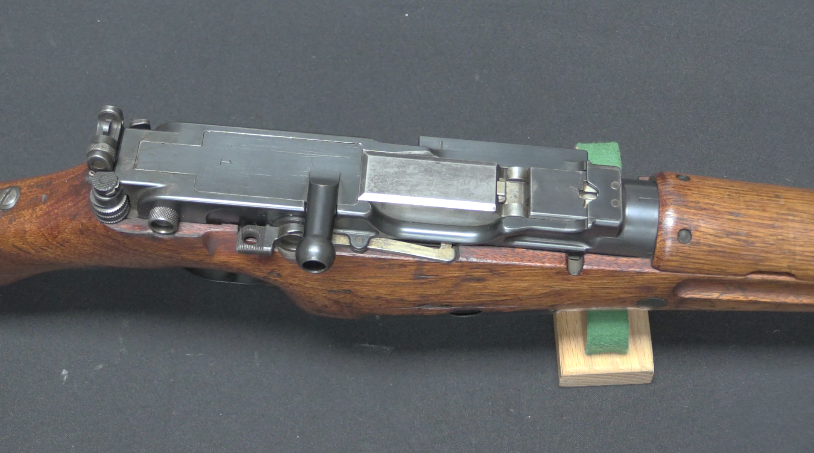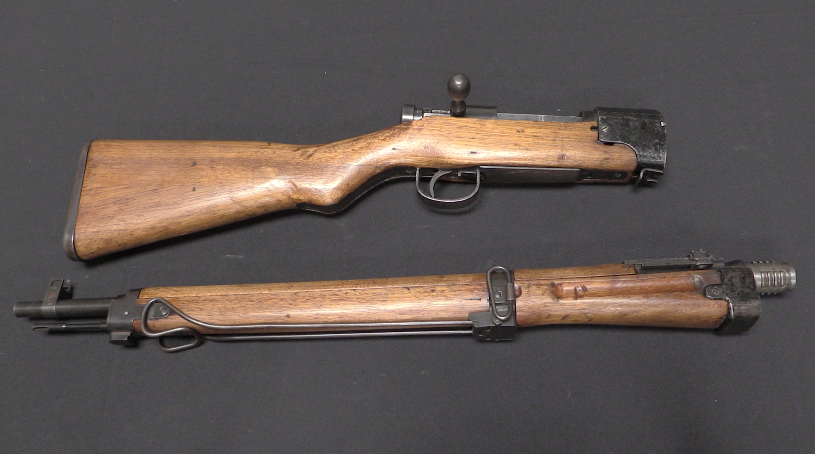Now in stock and shipping from Headstamp Publishing:
https://www.headstamppublishing.com/swords
Swords of the Emperor: A Guide to the Identification of Imperial Japanese Swords, 1873 – 1945 is a comprehensive reference work examining a little-studied period in the Japanese swordmaking tradition.
Japan is internationally renowned for its traditional swords, but comparatively little has been written about the swords of the Imperial period, which include both traditional, hand-made examples and modern, machine-made types. After Japan was ‘opened’ to the West in the 19th century, a period of rapid modernization saw the adoption of European-style military arms, uniforms, and accoutrements. This was also reflected in changes to military swords, which closely echoed Western designs—albeit with a Japanese twist—until a period of resurgent nationalism in the 1930s that continued through the Second World War. Swords of the Emperor follows the evolution of Japanese military, police, diplomatic, and court swords throughout this fascinating, complex period.
At 592 pages, Swords of the Emperor illustrates more than 220 swords with more than 2,000 original photographs, supplemented by archival material and original illustrations. In addition to those swords prescribed by uniform regulations for the armed services and civil service corps, the book also examines little-known examples, such as the 1873 Japanese Marine sword and the Gensuitō (Marshal’s sword) gifted to King George V in 1918. While the book is primarily intended as an identification and reference guide for collectors, curators, and researchers, enthusiasts will find much to enjoy in this beautiful, lavishly illustrated volume.




1945?..
So was there any radically new model of a Japanese sword designed and adopted in the nineteen-forties?
So far I thought that the very last European sword (a sabre, to be more precise), in terms of a completely new pattern, not just a little bit of tweaking with the existing ones, was the Polish szabla wz. 34.
https://en.wikipedia.org/wiki/Szabla_wz._34
Radically ‘new’? No. Retrograde, in some ways? Yes. Between 1868 and 1934, Japanese military swords imitated European military swords–homogenous steel blades, basket or guarded hilts, leather wrapping, brass fixtures, very much like French and British swords of the time. In 1934, starting with the Model 94 and progressing through the 95 and 96, 98 and 100, Japanese military swords returned to the older styles, with tsubas, rayskin-and-cord-wrapped two-handed hilts, in the idiom of the 16th-Century masters–but with homogenous-steel blades for the most part. Most were factory-produced, but a few were made by small-scale, high-quality craftsmen using traditional methods and layer-forged blades. As well, many heirloom blades were refashioned into military swords with ‘modern’ mountings and suitable, heavy-duty steel scabbards.
I suppose that the ultimate ‘innovation’ was the Model 95 for non-commissioned officers, which had a cast-copper or cast-aluminum grip molded to resemble a ‘real’ rayskin-and-cord wrapping complete with a cast-in replica ‘menuki,’ the small emblem or charm intended to cover the grip fastening pins, although the actual fastener was a simple machine screw.
Quite a few Japanese Katanas ans Wakazshis (short sworde) made it to Australia in the 1940s. In the last couple of decades, there have been roving bands of “sword-dealers” roaming teh country and reselling them, either to US collectors or, if they can be found, to families in Japan.
A LOT of “family” nlades were “militarized for the “durationThe blade was stripped of traditional accouremeents and re-fitted with dull, but functional, “Mil-spec scabbards, handles, etc.
One of teh more interesting ones I have encountered was a very nice “traditional” blade, dressed down to vaguely resemble a classic naval cutlass, complete with a large “baslet and a very long “finger-guard running from that “basket” to the top-end of the handle. Current disposition? Unknown.
It is a “collecting” field WAY beyond my financial means, but i keep an eye on teh pasing parade. A bit like WW1 German bayonets; from the “ersatz to teh post-war “souvenirs sold to allied occupation troops; the ones you see with teh clear grip scales covering photo strips depicting “typical” German life and architecture. “Trench-art” raised to another level.
Thank you for providing this review. It was actually very interesting and informative to read, because I have a history course, and this month is decided to Japan. And I need to write an informative paper on Japanese history, and I thought that it would be a good idea to include the info about such traditional things as swordmaking. But I have not much knowledge about it, so this article will for sure help me. The last time I needed to write something like this, I used the help of https://edubirdie.com/write-my-essay-for-me because I was struggling a lot and was afraid to miss the deadline. This time I hope to be able to write everything by myself, but in any case, I’ll also use the help. I’ve already started writing, and now I’ll try to analyze the info provided there, and we will see what will be in the end.